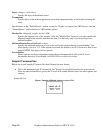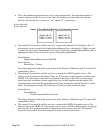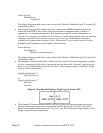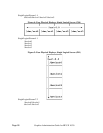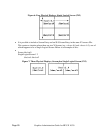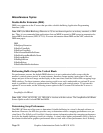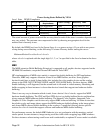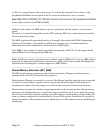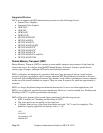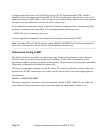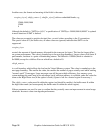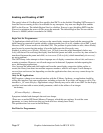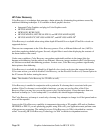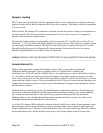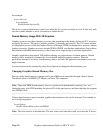to allow for synchronization with vertical retrace. To activate this optional X server mode, set the
SwapBuffersOnVBlank Screen Option in the X*screens file before the X server is started.
____________________________________________________________________________________
Note: MBX_SWAP_BUFFERS_ON_VBLANK is obsolete with this release. The SwapBuffersOnVBlank
Screen Option works for both DBE and MBX.
____________________________________________________________________________________
With this mode enabled, all MBX buffer swaps are synchronized with the monitor's vertical retrace
period.
This mode is not needed in drawables used for PEX rendering. PEX turns synchronization on and thus
does not require this tuning.
The MBX Application Programming Interface is thoroughly discussed in the PEXlib Programming
Manual by Tom Gaskins, and published by O'Reilly & Associates, Inc. Consult that manual to
understand the creation, manipulation, and destruction of MBX buffers.
Since MBX is not an industry standard, and will be discontinued on HP-UX 11.0, developers should
replace MBX calls with the appropriate DBE calls.
____________________________________________________________________________________
Note: XmbufGetScreenInfo() can indicate that a window supports MBX even if only one MBX buffer is
supported. An application should always check the max_buffers field in the returned XmbufBufferInfo
structure before assuming that a window supports two MBX buffers.
____________________________________________________________________________________
Shared Memory Extension (MIT_SHM)
The MIT shared memory extension provides both shared-memory XImages and shared-memory
pixmaps based on the SYSV shared memory primitives.
Shared memory XImages are essentially a version of the XImage interface where the actual image data
is stored in a shared memory segment, and thus need not be moved through the Xlib interprocess
communication channel. For large images, use of this facility can result in increased performance.
Shared memory pixmaps are a similar concept implemented for the pixmap interface. Shared memory
pixmaps are two-dimensional arrays of pixels in a format specified by the X server, where the pixmap
data is stored in the shared memory segment. In all other respects, shared memory pixmaps behave the
same as ordinary pixmaps and can be modified by the usual Xlib routines. In addition, it is possible to
change the contents of these pixmaps directly without the use of Xlib routines merely by modifying the
pixmap data.
Graphics Administration Guide for HP-UX 10.20
Page 33



